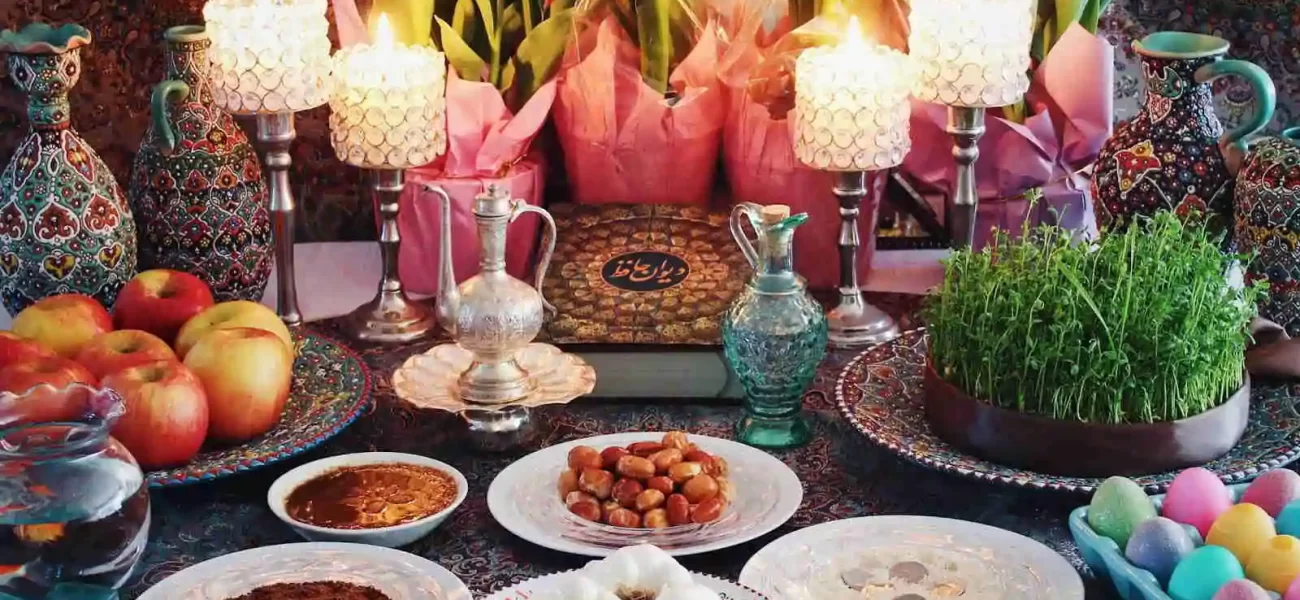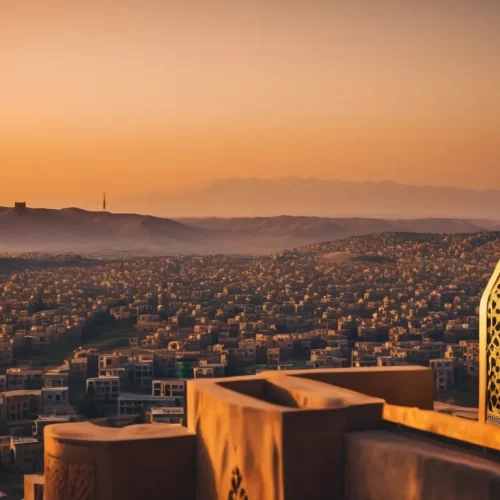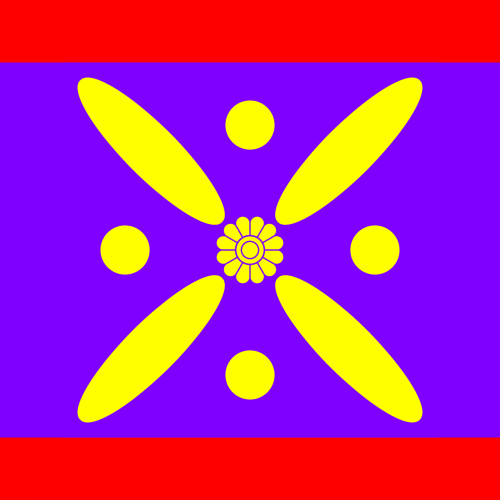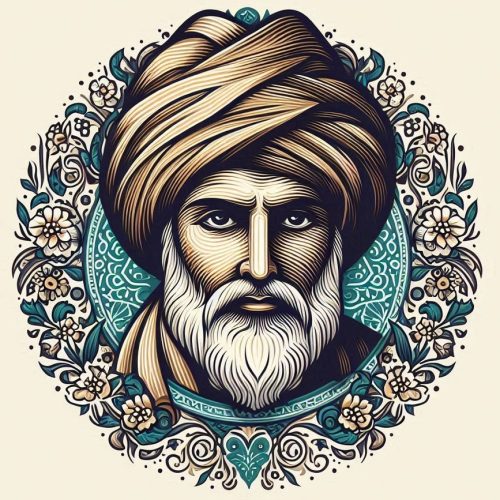Nowruz, also known as the Persian New Year, is a centuries-old tradition that celebrates the start of spring and the renewal of nature. This holiday is celebrated in Iran, Afghanistan, Azerbaijan, Tajikistan, Uzbekistan, and other parts of the world where Persian culture has a strong influence. The word “Nowruz” means “new day” in Persian and marks the first day of the Iranian calendar.
History
Nowruz has been celebrated for over 3,000 years and is deeply rooted in Zoroastrianism, the ancient Persian religion. It is believed to have originated in the Sasanian Empire in Iran and was celebrated as the beginning of the year. After the Arab conquest of Iran in the 7th century, Islam became the dominant religion and Nowruz lost its religious significance but continued to be celebrated as a cultural tradition.
Nowruz Celebrations
The celebrations of Nowruz usually begin a few weeks before the actual New Year’s Day, and the preparations are made with great care and enthusiasm. People clean their homes, purchase new clothes, and buy or prepare special foods for the holiday. One of the most important customs of Nowruz is setting up the Haft-Seen table, which consists of seven items that begin with the Persian letter “seen” and symbolize different aspects of life, such as health, wealth, happiness, and love. These items include:
- Sabzeh (wheat or lentil sprouts) representing rebirth and growth
- Samanu (a sweet pudding made from germinated wheat) representing wealth and fertility
- Senjed (dried fruit from the lotus tree) representing love and affection
- Serkeh (vinegar) representing age and patience
- Seeb (apples) representing health and beauty
- Somagh (sumac) representing the sunrise and the triumph of good over evil
- Seer (garlic) representing health and the warding off of evil spirits
On the eve of Nowruz, families gather around the Haft-Seen table, light candles, and read poetry. They also visit their relatives and friends, exchange gifts, and share meals together. Children often receive new clothes and small gifts, and fireworks are set off to celebrate the arrival of the New Year.
Nowruz Traditions
Nowruz is a time of renewal, hope, and joy. It is a time for families and friends to come together, put aside their differences, and celebrate their shared culture and history. Some of the other traditional activities during Nowruz include:
- Chaharshanbe Suri: A pre-Nowruz celebration where people light bonfires and jump over them to symbolize purification and the triumph of light over darkness.
- Sizdah Bedar: A thirteenth day celebration where people go on picnics, and spend the day outdoors to get rid of the bad luck that may come from the number 13.
- Ghashogh-Zani: A traditional musical performance with drums and trumpets that is usually performed by men dressed in women’s clothing.
Conclusion
Nowruz is not only a celebration of spring and the New Year, but it is also a celebration of Persian culture and tradition. It is a time for families and friends to come together, share their joy, and hope for a better future. Nowruz is a reminder of the enduring power of culture and its ability to connect people across time and space.




